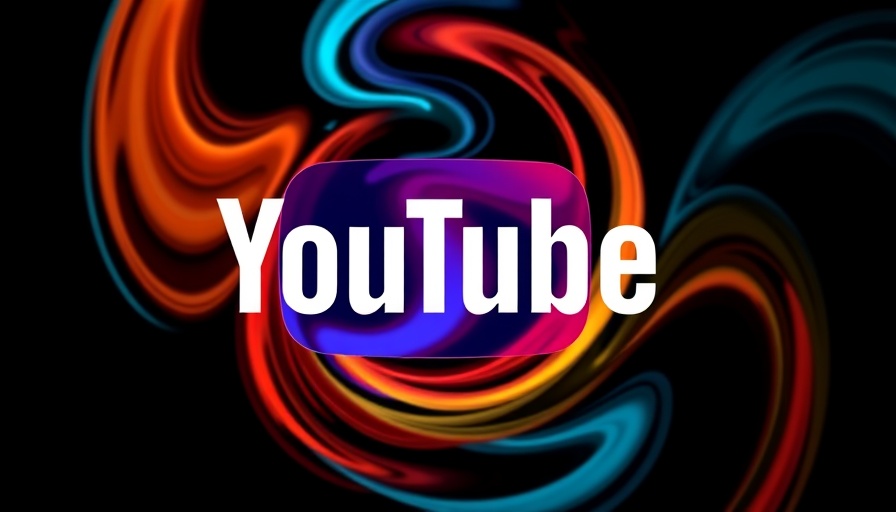
Are YouTube Channel Names Subject to Copyright?
In the realm of digital media, content creation continues to rise exponentially. For creators on platforms like YouTube, choosing a compelling channel name is essential for branding and audience engagement. But how secure is this choice when it comes to legal protections? Are YouTube channel names truly copyrighted?
Understanding Copyright Basics
Copyright is a legal concept that grants creators exclusive rights to their original works. This includes creative expressions in various forms but does not extend to ideas, titles, names, or short phrases. According to the U.S. Copyright Office, titles are typically not eligible for copyright protection as they do not qualify as original works. This means that while a channel name can reflect a creator's brand, it is generally not copyrighted.
Trademark vs. Copyright: What Creators Need to Know
While copyright may not protect channel names, trademark law plays a pivotal role in this conversation. A trademark can prevent another entity from using a similar name if it causes consumer confusion regarding the source of goods or services. For example, if a YouTube channel name is trademarked, that creator can legally defend their name against similar entities. This distinction between copyright and trademark is crucial for creators looking to safeguard their branding efforts.
The Importance of Conducting a Trademark Search
Before launching a YouTube channel, it's prudent for creators to conduct a thorough trademark search. This step ensures that they aren't infringing on an existing trademark. Tools like the United States Patent and Trademark Office (USPTO) database can help creators identify potential conflicts. Understanding these aspects can also inform subsequent marketing strategies, ensuring alignment with branding that enhances user experience optimization.
What Happens If a Channel Name Is Already Taken?
If a desired YouTube channel name is already in use but not trademarked, creators can technically use it, but they open themselves to potential disputes. If the existing channel is popular, the new creator may face challenges in gaining visibility and avoiding audience confusion. This scenario underscores the importance of strategic planning in content marketing efforts, especially in a competitive landscape.
Proactive Steps for Brand Protection
To avoid conflicts and protect brand identity, creators can consider the following measures:
- Registering a Trademark: This is a definitive way to secure brand rights and protect against unauthorized use.
- Domain Name Registration: Owning a domain that aligns with the channel name can bolster online presence and create a cohesive user experience.
- Social Media Handles: Securing the same name across various platforms strengthens brand recognition.
What Creators Need to Remember for Marketing Success
In the digital marketing realm, a strong brand presence can be pivotal to attracting an audience and fostering customer engagement strategies. Protecting your name is essential, not only from a legal standpoint but also for maintaining consistency in your marketing efforts. Digital marketing news and trends show that effective branding influences your overall marketing automation and online advertising strategies, leading to measurable marketing ROI.
Conclusion: Secure Your Creative Identity
Understanding the nuances between copyright and trademark can shape your online presence. For a successful YouTube channel, investing in legal protections is as vital as creating engaging content. If you're ready to launch your channel, start with trademark research to secure your brand's identity. This diligence could translate into greater long-term success in the digital landscape.
 Add Row
Add Row  Add
Add 




Write A Comment